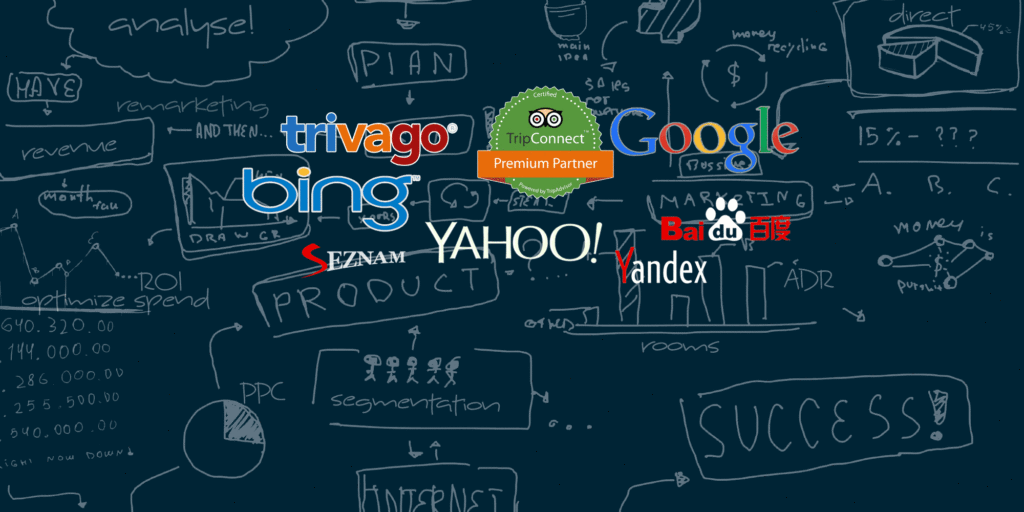
As consumers are always connected to their digital channels, their habits are constantly evolving.
These constant shifts have challenged the hospitality industry to keep pace with new technology and trends so as to compete in the online community space.
Optimising a hotel’s online distribution to drive more direct traffic requires digital marketing strategy and tools to be efficient and effective in their efforts within the online community.
In 2015, just two years ago, organic traffic accounted for 62% of the traffic in a hotel website.
This figure has reduced to 42% in 2017. Undoubtedly, this is still an important source of traffic for hoteliers to leverage on.
The apparent reason being is that organic traffic to a hotel’s website is nearly free.
However, this is not sufficient to drive more traffic and conversion to a hotel’s website.
To compete effectively in the digital community space, an effective digital marketing strategy to drive more qualified traffic and conversion to the hotel’s website is pertinent.
This plan, as we all know, encompasses search engine marketing (SEM), pre-and retargeting display ads campaigns, AdWords and the ultimate driver, metasearch.
Since the fourth quarter of 2016, Metasearch has grown to become the most important advertising channel for hotels outpacing even AdWords, according to own data.
And this trend is escalating.
The evolution of metasearch in 2017
We have been managing metasearch campaigns for hotels for more than seven years.
From the launch of metasearch, our hotel booking platforms were connected to the leading hotel metasearch channels to advertise direct hotel rates.
During this period, we have seen ample growth for this digital channel, and we have learnt the strategy of optimising the various metasearch channels to generate maximum revenue for hotels with the best possible return on ad spend.
We found it important to help hotels understand the various digital channels and how they work so that they can make better choices and decisions on advertising budgets.




